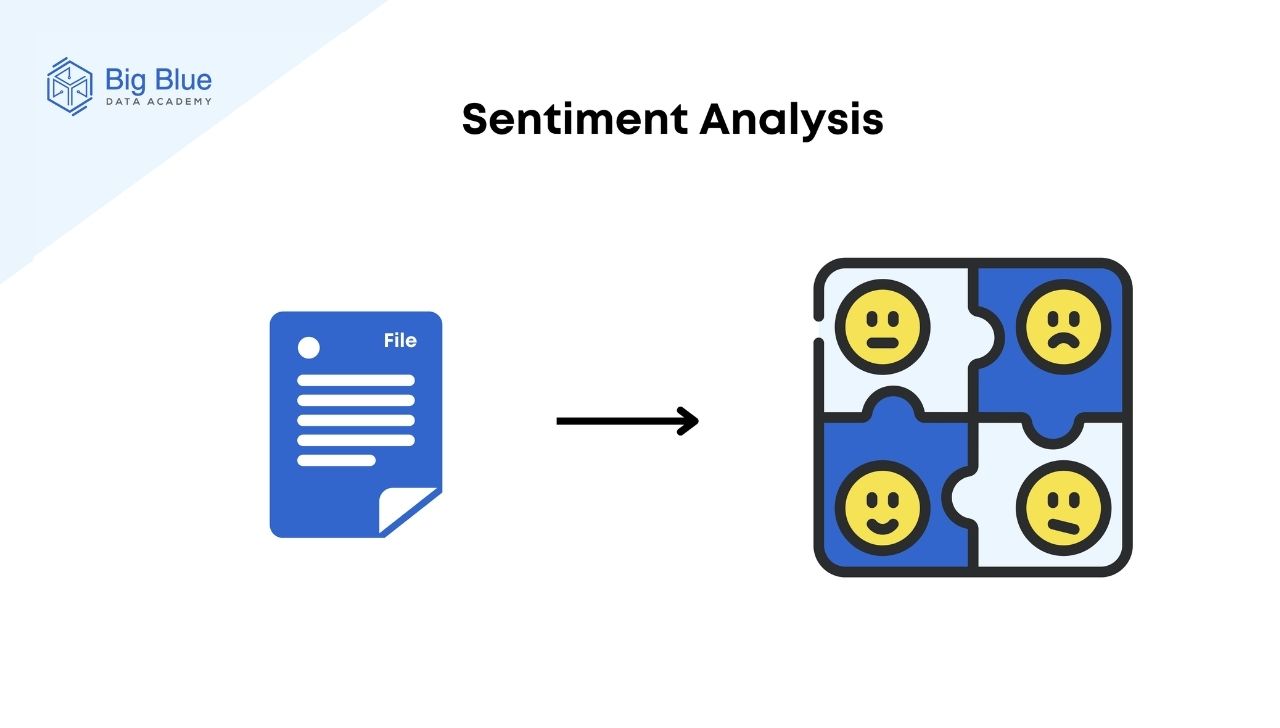What is NLP and how it works [Guide 2023]
We often hear about the term NLP or Natural Language Processing.
But what is NLP and what is its place in technology today?
That's exactly what we'll look at in today's article and more specifically:
- What is NLP
- How NLP works
- Applications of NLP in our everyday life
And much more. But let's start with the basics.
What is NLP?
NLP (Natural Language Processing) is a branch of computer science - specifically artificial intelligence - and refers to the way machines perceive and understand human words, just like humans themselves.
More specifically, NLP combines:
- Statistical models
- Machine learning
- Deep learning
And more, with the aim of enabling computers to process words (both written and spoken) and understand them.
When we say "understand" them, this includes not only the meaning of the word, but the intent and sentiment behind it.
In other words, NLP is the driving force behind translation programs, as well as applications such as GPS, voice assistants, chatbots and others that we will discuss below.
Now that we've briefly explained what NLP is, let's look at how it works.
How does NLP work?
What you need to remember is that the words a computer receives are essentially a type of data that it is asked to process and make certain decisions based on it.
That is, through tools the machine converts the sound into something it can understand.
The more words and sounds it receives, the larger its database grows and therefore the more accurate it becomes.
Sentiment analysis is arguably one of the best examples of NLP, where machine learning models are trained to categorize a text based on its sentiment (positive, negative, neutral, etc.).

The biggest advantage of NLP models is that they are self-learning. That is, they do not need the intervention of a human being, as they are simply "fed" with data and trained based on it.
Apart from sentiment analysis, some other examples of NLP are syntactic and semantic analysis.
Let's take a brief look at what these mean.
Syntactic analysis: identifies the syntactic structure of a text and the relationship between words, and maps them to a diagram called a parse tree.
Semantic analysis: here the engine focuses on understanding the meaning of a word. But because languages are complex and a word can have more than one meaning, semantic analysis is considered one of the biggest NLP challenges.
More specifically, what it does is to analyze the structure of a sentence, the relationship between words, as well as related concepts that may be associated with it.
Of course we can mention many more NLP techniques, but hopefully by now you have an understanding of what it is and how it works.
To make it even more understandable, let's look at some NLP applications that you probably use in your daily life.
NLP applications
One of the most important NLP applications is sentiment analysis, but we'll mention others since we've already covered that.
Chatbots & digital assistants
Chatbots and digital assistants are used to automatically answer questions from machines without the need for a human to answer.
They are designed to understand natural language and provide the appropriate response by creating a natural language (the so-called natural language).
These intelligent machines are vital for companies' customer service departments, as they can help teams solve up to 80% of all queries they receive and direct more complex issues to humans.
Text extraction
As the word says, text extraction is the extraction of individual words from a text.
Why is this useful?
To easily identify the types and categories of a word such as whether it is a person, a location, a verb or anything else.
.jpg)
Machine translation
Machine translation is one of the first NLP applications.
If you have used Google Translate over the years, then you will have noticed that it has improved a lot, mainly thanks to the huge advances in neural networks and the increased availability of big data.
Automated translation is particularly useful for businesses because it facilitates communication and allows them to reach a wider audience.
Auto-correct
Another NLP application that you come across on a daily basis is auto-correction when writing something on your mobile or computer.
NLP plays a very important role in software that corrects spelling and grammar in texts, such as Grammarly.
So we have seen some of the most important NLP applications that we use in our daily lives.
Here it is worth noting that a key component of an NLP system is Python, as it provides a wide range of tools and libraries for performing NLP tasks.
Let's summarize.
Ramping Up
So we've seen what NLP is, how it works, and NLP applications that we all use.
It is definitely a technology that has seen a lot of growth and is expected to become even more useful in the future.
Therefore, if you want to learn how NLP systems work in depth and how to build your own, it is necessary to get the right training on Data Science.
Which is why we creathed the Data Science Bootcamp, for you to get the neccessary practical knowledge on the field!


.jpg)